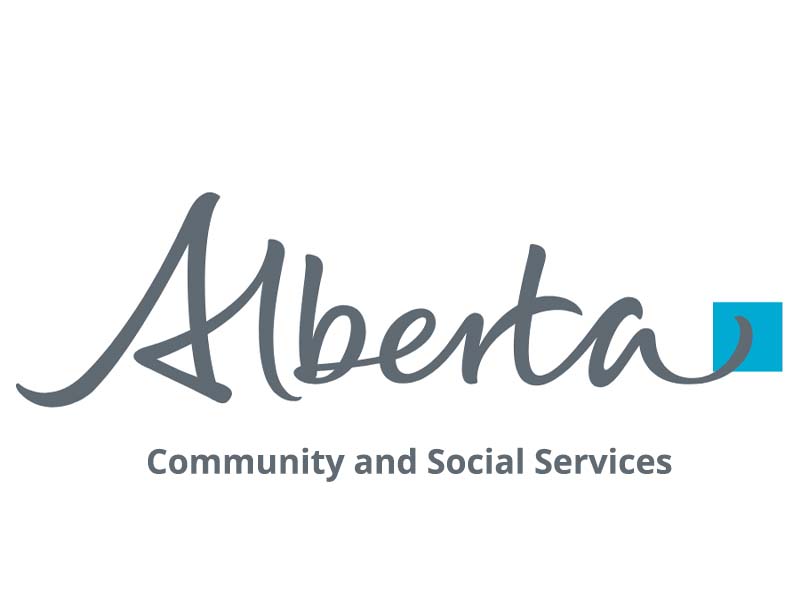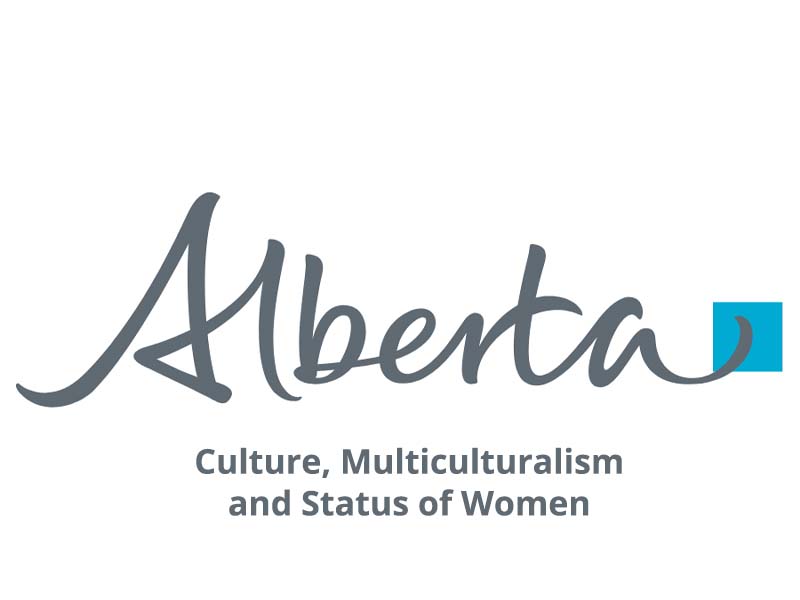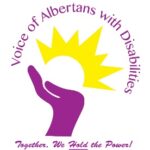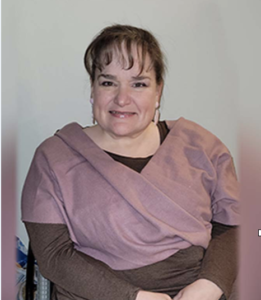
Henson Trusts & AISH
Trusts
AUTHORITY
Assured Income for the Severely Handicapped Act, section 3.2
Assured Income for the Severely Handicapped General Regulation, section 2.01(1)(d); Schedule 2, section 2(2)(k), 2(2)(l), and section 3(a)
INTENT
To define trusts and how the AISH program treats them as assets.
Trusts
A trust is an estate planning tool used to provide for the ongoing care and financial support of a person. A trust is a legal arrangement in which the person setting up a trust (the “settlor”) gives money or property to a second person (the “trustee”) to hold for the benefit of a third person (the “beneficiary”). In most cases the settlor, trustee and beneficiary are different people. However, a person may also set up a trust in which they are also the trustee and/or beneficiary. A trust can have one beneficiary or multiple beneficiaries. The legal relationship is often described in a will or other trust document.
There are two types of trusts: discretionary, often referred to as a Henson trust, and non-discretionary.
- In a discretionary trust, the trust provides the trustee with the absolute discretion to distribute income and capital from the trust to the beneficiary.
- In a non-discretionary trust, the trustee has limited control on the distribution of income and capital from the trust to the beneficiary. Typically, the trust document specifies the amounts and frequency that income and/or capital must be paid to the beneficiary.
Setting Up a Trust
AISH staff cannot advise applicants and clients how to set up a trust. Albertans are advised to seek professional advice with lawyers and/or financial planners with expertise in establishing trusts. It is important to make financial plans that meet each person’s or family’s unique situation. At a minimum, however, a trust document should:
- state the assets (e.g. cash, investments) being placed into the trust;
- identify who the trustee is;
- identify who the beneficiary is;
- provide the conditions of the trust, including direction on whether the trustee has absolute discretion in distributing income and capital from the trust to the beneficiary. If the trustee does not have absolute discretion, then the trust document should identify the amount and frequency of payments to be made to the beneficiary.
POLICY
The value of any assets (e.g. cash, investments, property, etc.) that are held in a trust in which an applicant, client or cohabiting partner is named as a beneficiary, is not included in a determination of assets. This means that being a beneficiary of a trust will not impact eligibility for AISH, including personal benefits. However, income received from a trust may impact the amount of the living allowance received. For this reason, applicants, clients and their cohabiting partners are required to submit all documents and information relating to the trust to the AISH program for review.
Note
The Office of the Public Guardian and Trustee (OPGT) may be appointed by the court as a trustee under the Adult Guardianship and Trusteeship Act (AGTA) for an adult who is not able to make financial decisions. Assets of the AISH applicant, client or cohabiting partner which are held and managed by the OPGT are not a trust as defined above. While not exempt as a trust, depending on the nature of the asset, it may be an exempt or non-exempt asset.The OPGT may also be appointed as a trustee of a trust by a court order under other legislation (e.g. the Wills and Succession Act) or in a trust document. In these cases, the OPGT may be appointed as a trustee for a discretionary or non-discretionary trust set up for the benefit of an AISH applicant, client or cohabiting partner. The assets held in these discretionary and non-discretionary trusts are considered exempt assets by the AISH program.
In some situations, the OPGT may be appointed as both trustee for an adult under the AGTA and trustee of a trust under a court order or in a trust document in which the same adult is a beneficiary.
In these cases, it is necessary to obtain detailed information about the assets and the authority under which they are held by the OPGT, to determine how they will be treated by the AISH program.
A private individual may also be appointed by the court as a trustee under the AGTA for an adult who is not able to make financial decisions (e.g., the sibling of a person receiving AISH benefits). Similar to the OPGT, assets of the AISH applicant, client or cohabiting partner which are held and managed by a private individual appointed as trustee under the AGTA are not a trust as defined above. While not exempt as a trust, depending on the nature of the asset, it may be an exempt or non-exempt asset.
In some situations, a private individual may be appointed as both trustee for an adult under the AGTA and trustee of a trust under a court order or in a trust document in which the same adult is a beneficiary.
In these cases, it is necessary to obtain detailed information about the assets and the authority under which they are held by the private individual, to determine how they will be treated by the AISH program.
 Become a Member
Become a Member login
login






























